1. Which of the following statements is definitely
true about the nature of science?
a. Science will help make the world a better place to
live in.
b. Science can always uncover the truth in the
realm of nature.
c. Scientific work requires a dedication that
excludes the lives of people in other fields of work.
d. Theories in science can be disproved by testing:
a well established theory can be demolished with a
single observation.
2. Which of the following processes is best
associated with technology than with science?
a. designing for a need
b. uncovering natural phenomena
c. discovering the nature of matter
d. constructing concepts, principles and laws
3. Which of the following statements best describes
the connection between science and technology?
a. Scientist use the laws and principles discovered
by technologists.
b. Technology is the part of science that deals with
mechanical problems.
c. Technology involves the practical applications of
scientific knowledge.
d. Science depends on technology for ideas and the
organization of experimental work.
4. Which of the following is a technological concept
rather than a scientific concept?
a. Tungsten has a high melting point.
b. Metals are good conductors of heat.
c. Resistance is inversely proportional to current.
d. Fluorescent lamps are improved through
methods of manufacturing.
5. You want to add exactly 35.00 g of salt to a
solution. What instrument must you use to measure
this amount?
a. beaker
b. thermometer
c. graduated cylinder
d. triple beam balance
6. Young people stand straight. Very old ones
usually stoop. Why?
a. Sedentary lives of the old.
b. Habit of stooping developed in the old.
c. Greater gravitational pull on the old than on the
young.
d. Bones of the old have become weak and soft and
their joints become loose.
7. Why is it not quite possible for viruses to live and
multiply in the outer layers of our skin?
a. The outer layer of the skin has dead cells only.
b. The outer layer of the skin has oil which is
harmful to viruses.
c. The outer layer of the skin has a lower
temperature unsuitable for viruses.
d. The outer layer of the skin has salt from
perspiration which is harmful to viruses.
8. Alcohol thermometer works on the principle that
a. Volume usually increases with pressure.
b. Temperature usually increases with density.
c. Volume usually increases with temperature.
d. Temperature usually increases with pressure
9. Which of the following is an important factor in
explaining why seasons occur?
a. Earth’s axis is tilted.
b. The sun’s axis is tilted.
c. Earth rotates on its axis.
d. The sun rotates on its axis.
10. To preserve the fertility of the soil, farmer
should employ the following except
a. strip cropping c. terracing
b. continuous farming d. contour farming
11. How can the presence of a person afflicted with
HIV and/or AIDS be handled?
a. Discreetly reporting the case to health
authorities.
b. Conducting home forum to discuss the
identification of AIDS cases.
c. Avoid and discourage patronage of places
frequented by these persons.
d. Discourage the establishment of recreation
centers like cabarets and discos.
12. The following describe chemical change except
a. A chemical change takes place when a solid is
changed to liquid then changed to gas
b. For a chemical change to take place, heat, light,
or electricity is either needed or given off.
c. Some examples of chemical change are souring
of milk, ripening of fruit, and digestion of food.
d. In a chemical change, a new substance is formed,
with chemical properties that are difft rent from, the
original substance
13. Where do we trace the El Nino phenomenon?
a. rising ocean levels
b. very severe earthquakes
c. annual changes in seasons
d. thinning or depletion of the ozone layer
14. Why does the greenhouse effect result to
warmer temperature near the earth’s surface?
a. clouds trap infrared radiation
b. soil absorbs incoming radiation
c. ozone traps ultraviolet radiation
d. carbon dioxide traps infrared radiation
15. Why do people feel warmer just before it rains?
a. Heat released by the condensation of water
vapor.
b. The clouds prevent heat from escaping the earth.
c. The increased relative humidity makes them feel
warmer.
d. The warming is due to the heat absorbed by the
evaporation of water.
16. A good method to prevent soil from being
eroded from a hill is to
a. irrigate the area
b. plow the hill regularly
c. plant only ion alternate layers
d. Plant the hill with grass or tree
17. The possible interconnected feeding
relationships among organisms in an ecosystem are
termed
a. Food pyramid c. Food chain
b. Food web d. Food groups
18. Two beakers contain boiling water. Beaker A has
a volume of 150 mL while beaker B has a volume of
600 mL. Which of the following statements is true?
a. Both beakers are at equal temperatures.
b. Both beakers have the same thermal energy.
c. Beaker A has more thermal energy than beaker
B.
d. Beaker A has a higher temperature than beaker
B.
19. On the ground, Francis weighs 500n. Aboard
flying at an elevation of 1500 m, what would his mass
be?
a. 5 kg b. 50 kg c. 100 kg d. 150 kg
20. How will you classify the statement” The earth’s
outer core is a liquid.”?
a. a law c. an inference
b. a theory d. an observation
21. To save fuel it is advisable to keep your pot
tightly closed while cooking. This prevents
a. escape of nutrients
b. escape of steam, thus built up pressure
c. escape of substances which tenderize the food.
d. escape of vapor which increases the boiling
point.
22. Not all organisms are harmful. Which of these is
done by yeast?
a. encourage disease food
b. cause Yakult to be milky
c. cause milk to become cheese
d. Promotes the rising of bread for baking
23. Which of the following organisms is used to
convert milk to cheese?
a. bacteria c. viruses
b. protozoa d. algae
24. Why do mountain climbers use oxygen
equipment at the top of high mountains?
a. There is a hole in the ozone layer.
b. There is less oxygen in the air at great heights
c. There is less nitrogen in the air at great heights.
d. There is no air on top of very high mountains.
25. War experts use energy in its discovery of
nuclear bombs. When energy is released from a
nuclear fission, what occurs?
a. Atoms are split into fragments.
b. Energy is released from fission.
c. Decrease in mass nuclear bombs.
d. The energy possessed is used for bombing
nations.
26. Which of the following alternative sources of
energy could result to acid rain?
a. solar c. geothermal
b. biogas d. nuclear energy
27. Which of the following is predicted to be the
result of global warming?
a. rising ocean level
b. thinning of ozone layer
c. more severe earthquakes
d. larger volcanic eruptions
28. Billy is one student who tries his best to submit
laboratory reports, projects, and other requirements
on time. Which of the following scientific attitudes
does Billy possess?
a. Patience c. open-mindedness
b. responsibility d. honesty
29. A manager of a textile company said it is too
expensive to treat liquid wastes so he suggested
digging hole near the factory where the wastes can be
stored. Is this environmentally safe?
a. No, the liquid can be recycled.
b. No, the liquid waste will seep to the ground
water.
c. Yes, the liquid wastes will be less hazardous with
time.
d. Yes, the liquid will pass through layers of soil and
becomes clean.
30. The air in Metro Manila is now heavily polluted
with carbon dioxide and lead dust from the motor
vehicles, factories, and restaurants. As a citizen, you
will minimize pollution by following all the following
practices except
a. Bury garbage rather than burning it.
b. Burning garbage in your own backyard.
c. Participate actively in government’s tree
planting project.
d. Help disseminate information regarding the
advantages of using anti-pollution devices for motor
vehicles
31. Insecticides are used to control insect
populations so that they do not destroy crops.
However, over time, a new insecticide has to be
developed as they become less effective in killing the
insects. Why?
a. Insecticides build up in the soil.
b. Insecticides are concentrated at the bottom of
the food chain.
c. Surviving insects pass their resistance to
insecticides to their offsprings.
d. Surviving insects have learned to include
insecticides as a food source.
32. Why do fishermen catch more fish during the
new moon than during the full moon?
a. Fishes look for mates during the new moon
b. Fishes are attracted to the light from the fishing
boat
c. Fishes go near the water surface during new
moon because the water is warmer.
d. Fishes are more active during new moon because
the salt content of water is just right.
33. In one of his investigations, Alexander Fleming
noticed that bacteria growing on agar did not grow
next to a mold that was growing on the same plate.
He wrote in his report, “The mold may be producing a
substance that kills bacteria.” The statement is best
described as
a. a conclusion c. an observation
b. a hypothesis d. a generalization
34. Which of the following is the primary reason
why scientists repeat measurements they take during
experiments?
a. To list all the results in a table
b. To estimate experimental error
c. To check if the equipment is working.
d. To change the experimental conditions.
35. When scientists investigate, it is said that they
follow the scientific method. How will you logically
arranged the essential steps in the scientific method?
1. make a hypothesis
2. recognize the problem
3. formulate the simplest generalization
4. perform experiments to test the prediction
5. predict the consequences of the hypothesis
a. 1,4,2,3,5 c.2,5,1,3,4
b. 2, 1, 5, 4, 3 d. 3, 2, 1, 4, 5
36. Which of the following factors contribute to
“greenhouse effect”?
a. destruction of the forests
b. use of carbon dioxide by land plants
c. depletion of minerals in the soil by overfarming
d. use of solar glass panels to capture radiant
energy
37. All interacting units of matter tends to move
toward a state in which energy content is a minimum,
and the energy distribution is most random. In the
process of attaining this state, energy matter and
energy-matter transformations occur. This scheme is
governed by all of the following concepts except
a. conservation c. homeostasis
b. equilibrium d. isostacy
38. Matter exists in the form of units which can be
classified in hierarchies or organizational levels.
Which of the following units show a correct
hierarchical organization?
a. atom — molecule — element — compound —
mixture
b. cell — tissue — organ — system — organism
c. solids — liquids — gases — plasma
d. protons — neutrons — electrons — ion
39. Which of the following statements is not true of
energy in the biosphere?
a. Energy flows a one — way path.
b. Energy is conserved in the biosphere.
c. Energy follows a cycle through the web of life.
d. Energy leaves the living system in the form of
heat.
40. Electrical energy is used to power a light bulb.
How does the amount of electrical energy used to
compare to the amount of light energy produced?
a. less than the amount of light energy produced.
b. more than the amount of light energy produced.
c. the same as the amount of light energy produced
d. depends on the wattage produced by the light
bulb
41. The following statements are ideas about the
environment. Which one is false?
a. Clear water is clean water.
b. Plants help clean the air of harmful gases.
c. It takes millions of years for crude oil to form.
d. Fire can sometimes start by itself in a big pile of
decaying garbage.
42. Ultrasound is often used by medical workers to
obtain features of internal body parts. Infrasound on
the other hand is commonly used in:
a. monitoring conditions in pregnant women
b. detecting harmful living tissues inside the body
c. seismographic surveying of structures below the
earth’s surface
d. providing moving pictures of tidal waves and
earthquakes
43. A 12 cm red hot steel bar is placed into a pan of
boiling water. Which statement correctly explains the
resulting heat transfer?
a. Heat flow out of the kettle to the cooler
surrounding air.
b. Heat flow from the water to the steel bar because
boiling water has more thermal energy.
c. Heat flows from the water to the steel bar since
the water molecules have higher average kinetic
energy.
d. Heat flows from the water to the steel bar since
the steal bar is at a higher temperature
44. Which of the following acid groups is found in
vinegar?
a. nitric acid c. formic acid
b. acetic acid d. ascorbic acid
45. Which of the following forms of energy travels
through empty space?
a. chemical energy c. sound energy
b. radiant energy d. all of them
46. Why do we see the sun rise in the east and set of
the west?
a. the earth rotates from west to east
b. the earth revolves counterclockwise
c. the earth revolves from west to east
d. the sun rotates in a clockwise manner
47. All of the following are physical properties
except
a. sugar dissolves in water
b. water evaporates from an open container
c. moth balls sublime at room temperature
d. butter turns rancid when left unrefrigerated
48. Colloids maybe dispersed in a gas, liquid, or
solid. Which of the following colloidal systems show a
liquid dispersed in a gas medium?
a. clouds c. paint
b. smoke d. beaten egg white
49. Which blood transfusion would agglutinate
blood?
a. A donor –> A recipient
b. A donor –> 0 recipient
c. A donor –> AB recipient
d. 0 donor —> AB recipient
50. All of the following compose the male
reproductive organ of a flowering plant except
a. anther c. stigma
b. pollen grain d. stamen
51. Angiosperms are also known as
a. cone bearing c. seed bearing
b. flower bearing d. spore bearing
52. Tropical rainforests have many trees and other
plants that photosynthesize. What happens when
huge areas of tropical rain forests are destroyed?
a. Oxygen level increases and carbon dioxide level
increases.
b. Oxygen level increases and carbon dioxide level
decreases
c. Oxygen level decreases and carbon dioxide level
increases
d. Oxygen level decreases and carbon dioxide level
decreases
53. How is the conservation of mechanical energy
described in a falling object?
a. A falling object loses kinetic energy and gains
potential energy.
b. A falling object ‘loses kinetic energy and loses
potential energy.
c. A falling object gains kinetic energy and loses
potential energy.
d. A falling object loses kinetic energy and loses
potential energy
54. Which property of light accounts for the
phenomenon of color?
a. wavelength c. velocity
b. amplitude d. intensity
55. In which rock layers are remains of aquatic
organisms most commonly found?
a. Igneous c. metamorphic
b. sedimentary d. intrusive
56. Nights are cooler when the sky is dear than
when it is overcast. Why is this so?
a. The sun is hidden from us at night.
b. Cooler air can hold less water vapor.
c. Rain falls when water vapor condenses above
freezing point.
d. Heat from the lower atmosphere easily escapes
when there is no cloud cover.
57. Two air masses have the same relative humidity.
Which of the following can also be said about them?
a. they have the same volume
b. they have the game temperature
c. both have rain clouds
d. none of them
58. Which of the following phrases best describes
adaptation of organisms?
a. thick covering to conserve water
b. fast movements to escape its enemies
c. blending of color so that it cannot be easily seen
by its enemies
d. structure or behavior of an organism to help it
survive in its environment
59. At what stages in its life cycle is a butterfly most
active?
a. egg and larva c. larva and adult
b. pupa and adult d. adult and egg
60. What type of solar radiation is effectively
absorbed by the ozone layer of the earth’s
atmosphere?
a. infrared c. gamma
b. ultraviolet d. X — ray
61. We wear light clothes especially during summer
because white
a. absorbs heat c. reflects heat
b. disperses heat d. refracts heat
62. Objects are visible because of the light they
a. reflect c. diffuse
b. absorb d. refract
63. It makes blue litmus paper turn red
a. salt c. base
b. acid d. water
64. Smelling a scent of perfume from a distance
illustrates
a. cohesion c. diffusion
b. adhesion d. all of these
65. What is the weight of the man whose mass is 50
kg?
a. 50 N b. 13. 50 kg c. 490 N d. 490 N
66. The motion of the noon around the earth is an
example of
a. uniform motion
b. uniform circular motion
c. projectile motion
d. rectilinear motion
67. In a neutral atom, the number of protons is equal
to the number of
a. electrons c. nucleons
b. neutrons d. all of these
68. The scientist who have said that an atom is
mostly empty space with tiny positive core called the
nucleus
a. Dalton c. Rutherford
b. Thomson d. Bohr
69. What process can efficiently separate alcohol
from water?
a. distillation c. filtration
b. decantation d. chromatography
70. The constant temperature at which solid is
changed in its liquid form
a. melting point c. dew point
b. boiling point
71. Urine has a density of 1.02 g/mL. What is the
volume of 25 g of urine?
a. 24.5 mL c. 0.04 mL
b. 25.5 mL d. 25.0 mL
72. Which of the following statements best describes
a liquid?
a. It has definite shape
b. It has definite volume
c. It expands to till its container
d. Its particles are tightly packed with each other
73. The movement of the solid part of the earth is
called
a. diastropism c. earthquake
b. faulting d. folding
74. The rocks that may have been formed from
magma in volcanoes or from flowing larva are called
a. sedimentary rocks c. igneous rocks
b. metamorphic rocks d. minerals
75. The method of farming on the mountainsides to
prevent erosion is called
a. crop rotation
b. contour farming
c. strip cropping
d. mountain farming
76. The process of breaking down rocks
a. erosion c. weathering
b. volcanism d. all of these
77. The upper part of lithosphere that contains
various rock layers at different depths
a. crust c. core
b. mantle d. none of these
78. At night, the wind blows from the land to the sea.
This is because the cool air over the land blows in to
replace the warm air rising from the sea. This type of
breeze is called
a. sea breeze c. both of them
b. land breeze d. none of there
79. The type of cloud the produces precipitation and
is usually seen before it rains
a. cirrus c. cumulus
b. stratus d. nimbus
80. The condition of the atmosphere at any given
time and place
a. weather c. season
b. climate d. none of them
81. It refers the actual amount of water vapor
present in the atmosphere
a. relative humidity c. both of them
b. absolute humidity
82. Which layer of the atmosphere contains the
ozone layer
a. troposphere c. stratosphere
b. mesosphere d. thermosphere
83. Who advocated the idea that all things are made
up of four elements of fire, air, earth, and water?
a. Newton c. Aristotle
b. Galileo d. Einstein
84. How do solutions differ from compounds?
a. solutions are heterogeneous mixtures;
compounds are homogeneous
b. solutions vary in composition; compound have
definite composition
c. solutions have definite composition; compounds
vary in composition
d. solutions are formed in chemical reactions;
compound combine physically
85. Which part of the flower develops into seeds?
a. pistil c. ovule
b. ovary d. ovary wall
86. Copper is used for electrical wires because it is
ductile. Which of the following describes ductility of
metals?
a. the softness of metals
b. the hardness of metals
c. can be drawn into fine wires
d. can be hammered forming this sheets
87. Why does air temperature usually decrease
toward the poles?
a. there is plenty of ice near the poles
b. air generally moves toward the equator
c. cold air near the poles prevent heating of the
land
d. areas near the poles receive less solar energy per
unit area
88. Which energy changes takes place in a flashlight
with batteries?
a. chemical — electrical — light
b. electrical — light — chemical
c. light — chemical — electrical
d. chemical — light — electrical
89. A material that does not transmit light that
strikes its surface is known as
a. opaque b. transparent c. translucent
90. The mechanism of heat transfer that is only
possible in liquids and gases is called
a. conduction b. convection c. radiation
91. What is the process of changing solid to gas
without passing the liquid state?
a. condensation c. sublimation
b. evaporation d. freezing
92. Sound that is heard louder than the others has a
greater
a. pitch c. frequency
b. frequency d. amplitude
93. Why are shadows formed?
a. Light produces _a dark area
b. light is dispersed in all direction
c. light travels in a straight line
d. light is scattered by a smooth surface
94. In a guitar, which string can produce a high
pitch?
a. thin and long c. thin and short
b. thick and long d. thick and short
95. Which device can converts mechanical energy to
electrical energy?
a. battery c. motor
b. generator d. photo voltaic cell
96. What is the force that opposes motion?
a. friction c. weight
b. tension d. normal force
97. Why are bums caused by steam more damaging
than the one caused by boiling water?
a. Water has a higher temperature
b. Steam is a vapor of water molecules
c. Steam has more energy per kilogram
d. Steam is easily formed than boiling water
98. What happens when vapor condenses into a
liquid?
a. It absorbs heat
b. It releases heat
c. its temperature increases
d. its temperature decreases
99. What do you call sound with frequency that is
below 20 Hz?
a. supersonic c. infrasonic
b. subsonic d. ultrasonic
100.The separation of white light into colors of the
spectrum is called
a. scattering c. reflection
b. dispersion d. refraction
101.Which among the following is a non-renewable
energy resource?
a. wind energy c. fossil fuel
b. solar energy d. geothermal energy
102.Which element is not recycled throughout an
ecosystem by the process of photosynthesis and
respiration?
a. carbon c. oxygen
b. nitrogen d. hydrogen
103.The gas that is most abundant in the air is
a. oxygen c. carbon dioxide
b. nitrogen d. argon
104.The greatest source of indoor pollutant is
a. smog c. CFCs
b. radon d. sunlight
105.All of the following are probable consequences of
water related environmental problems except
a. diarrhea c. typhoid fever
b. amoebiasis d. respiratory tack
infection
106.Overdraft is an overuse of groundwater, which
makes the reservoirs of groundwater emptied and
very seldom replenished especially during the
summer months. Which among the following
environmental problems related to soil is the
probable consequence of overdraft?
a. soil pollution c. soil erosion
b. land subsidence d. deforestation
107.Plant nutrients such as nitrates and phosphates,
which come from fertilizers and detergent, can cause
algal bloom. What do you call the phenomenon on
which a body of water which contains high
concentrations of chemical elements required for life
makes the produces bloom by directly nourishing
most bacteria than aquatic organisms like fishes?
a. euthrophication c. soil water intrusion
b. biomagnification
108.Which of the following best describes a
nonmetal?
a. They are ductile and malleable
b. they have high tensile strength
c. they are good insulators
d. they are hard and brittle
109.Which is an example of a heterogeneous
mixture?
a. Distilled water c. Agua oxinada
b. rubbing alcohol d. concrete
110.Which of the following phase changes are
exothermic?
a. sublimation and melting
b. evaporation and condensation
c. condensation and freezing
d. evaporation and deposition
111.Which grouping is composed of pure substances
only?
a. Fog, dew, brine
b. –
c. –
d. ice, table salt, fog
112.Which of the following best describes a mixture?
a. It is homogeneous
b. It has a definite composition
c. It changes the colors of common indicators
d. Its components are combined in any proportion
113.The state of matter that is characterized by
strong attractive forces.
a. solid c. gas
b. liquid d. plasma
114.The components of ink can best be separated
using
a. evaporation c. centrifugation
b. filtration d. Chromatography
115.All of the following are chemical properties
except
a. toxicity c. solubility
b. corrosiveness d. flammability
116.Which of the following statements is true?
a. Light has mass
b. Air has volume
c. Heat occupies space
d. Sound has both mass and volume
117.Which of the following is an intensive physical
property?
a. mass b. volume c. color d. length
118.When a pure crystalline yellowish substance is
heated in vacuum, a greenish gas and a red powdery
substance were produced. In which of the following
will you classify the yellowish substance?
a. Element c. mixture
b. compound d. pure substance
119.Isotopes are atoms that have the same atomic
number but different mass numbers. It means also
that isotopes are atoms that have
a. the same number of electrons but different
number of protons
b. the same number of neutrons but different
number of electrons
c. the same number of protons but different
number of neutrons
d. the same number of protons but different
number of electrons
120.This electrically neutral particle was discovered
by Chadwick in 1932 with its mass slightly greater
than that of proton?
a. electron c. positron
b. neutron d. neutrino
121.The spoilage of meat is delayed when kept in a
refrigerator because the cold temperature
a. keeps the flies/ insects away
b. slows down the action of bacteria
c. changes the color and odor of meat
d. turns the water component of meat to ice
122.During chemical changes or chemical reactions,
which particles are gained, lost, or shared?
a. protons inside the nucleus
b. neutrons inside the nucleus
c. electrons in the outermost energy level
d. electrons in the innermost energy level
123.Which of the following radiation has the highest
penetrating power?
a. alpha b. beta c. gamma
124.Which of the following statements explains why
we feel cool after perspiring?
a. vapor in the air condenses in our skin
b. water coming out of our body is cold
c. pores in our skin allow cool air to enter
d. evaporating water in our skin produces a cooling
effect
125.What is the most practical way to control
pollution?
a. decreasing the population
b. more government control of industry
c. careful planning of environmental usage
d. slowing the rate of technological growth
126.Humans can cause rapid changes in the
environment, sometimes producing catastrophic
events. Which statement below is the best example of
this concept?
a. lightning causes forest fire
b. shifting crustal plates cause an earthquake
c. changing seasonal winds cause flooding in an
area
d. mountainside highway construction causes a
landslide
127.How are latitude and longitude lines drawn?
a. latitude lines are parallel and longitude lines
meet at the poles
b. latitude lines are parallel and longitude lines
meet at the equator
c. longitude lines are parallel and latitude lines
meet at the poles
d. longitude lines are parallel and latitude lines
meet at the equator
128.The water part of the earth is also known as
a. lithosphere c. atmosphere
b. hydrosphere d. biosphere
129.The vibration of the earth’s surface due to the
release of storad energy when the deformed rock
ruptures or returns to its original size and shape?
a. earthquake c. faulting
b. tsunami d. folding
130.What happens to a given mass of fluid if heat
flow into it?
a. It becomes denser
b. It becomes less dense
c. it becomes colder
d. It becomes heavier
131.What happens when air is heated?
a. It expands and it rises
b. It expands and sinks
c. It contracts and rises
d. It contracts and sinks
132.What do you call the phenomenon wherein there
is a marked increase in the earth’s surface
temperature associated with radiation being trapped
by its atmosphere?
a. Global warming c. El Niño
b. Greenhouse effect d. La Niña
133.In the water cycle, which process is responsible
for getting water into the atmosphere?
a. Condensation c. sublimation
b. evaporation d. melting
134.In majority of stars, the most common element is
a. oxygen c. helium
b. hydrogen d. nitrogen
135.The color of the hottest star is
a. red c. yellow
b. blue d. bluish white
136.If you want to cook boiled eggs while in the
mountains you should
a. use hotter flame
b. boil the eggs for a longer time
c. boil the eggs for a shorter time
d. not boil the eggs, because the water temperature
won’t get hot enough to cook them
137.A metal lid could not be unscrewed from its glass
jar. Which of the following is the best way to unscrew
it from the jar?
a. Invert the jar with the lid in a very hot water for
a few seconds
b. Invert the jar with the lid in a very cold water for
a few seconds
c. invert the jar with the lid in cold and then in hot
water for a few seconds
d. invert the jar with the lid in hot and then in cold
water for a few seconds
138.It refers to the temperature at which the
molecules have the lowest possible kinetic energy
a. absolute zero c. boiling point
b. melting point d. freezing point
139.Why does apiece of metal feel colder than a piece
of wood at the same temperature
a. metal is colder than wood
b. metals allow heat to flow through them easily
c. metals have higher specific heat than wood
d. none of the above
140.What accounts for the cooling effect inside the
refrigerator?
a. the refrigerator is properly insulated
b. vaporization of the refrigeration fluid
c. compression of the refrigerant into liquid
d. the motor converts electrical energy into thermal
energy
141.What do you call animals that feed on both plant
and meat?
a. herbivores c. omnivores
b. carnivores d. insectivores
142.After drinking dirty water, a student developed
bloody diarrhea and liver problems in a few weeks
later. Which of the following is the most likely cause
of the disease?
a. Paramecium c. amoeba
b. dinoflagellates d. euglena
143.Chemical produced by some bacteria that can kill
or weaken other bacteria
a. antitoxins c. antibiotics
b. antibodies d. antiseptic
144.When light travels from water to air, what
happens to its speed?
a. It increases c. It remains the same
b. It decreases
145.In which medium can sound travel the fastest?
a. wood b. water c. air d. metals
146.The sound produced by a piano differs from that
of the violin even if both sounds have the same pitch
and loudness because of
a. frequency c. overtones
b. intensity d. amplitude
147.What do you call type of mixture that scatters
light passing through it?
a. solution b. colloid c. suspension
148.Fleming is a scientist made famous due to his
fortunate accidental discovery of penicillin. This is an
example of
a. scientific destiny c. medical truth
b. serendipity d. hard work
149.Why is water considered a universal solvent?
a. It has a high density
b. It has a high specific heat
c. It dissolves polar and non — polar substances
d. It dissolve both polar and ionic substance
150.The study of matter with focus on motion, forces
and energy?
a. physics c. biology
b. chemistry d. earth science
Get free reviewers with answer key at www.examreviewer.org
Part 6 LET Reviewer General Education Answer Key
1. A
2. A
3. C
4. D
5. D
6. D
7. A
8. C
9. A
10. B
11. A
12. A
13. C
14. D
15. A
16. D
17. B
18. A
19. B
20. C
21. D
22. d
23. A
24. C
25. A
26. d
27. A
28. A
29. B
30. B
31. C
32. B
33. B
34. B
35. B
36. A
37. D
38. b
39. C
40. B
41. A
42. C
43. D
44. B
45. B
46. C
47. D
48. A
49. B
50. C
51. B
52. D
53. C
54. A
55. B
56. D
57. D
58. D
59. C
60. B
61. C
62. A
63. B
64. C
65. D
66. B
67. A
68. C
69. A
70. A
71. A
72. B
73. A
74. C
75. B
76. C
77. A
78. B
79. D
80. A
81. B
82. C
83. C
84. B
85. C
86. C
87. D
88. A
89. A
90. B
91. C
92. D
93. C
94. C
95. B
96. A
97. C
98. B
99. C
100. B
101. C
102. –
103. B
104. B
105. D
106. B
107. A
108. C
109. D
110. C
111. –
112. D
113. D
114. –
115. C
116. B
117. C
118. B
119. C
120. B
121. B
122. C
123. C
124. D
125. C
126. D
127. A
128. B
129. A
130. B
131. A
132. A
133. B
134. B
135. D
136. B
137. A
138. A
139. B
140. B
141. A
142. C
143. C
144. A
145. D
146. C
147. B
148. B
149. D
150. A
LET Reviewer General Education Part 1 With Answer Key
LET Reviewer General Education Part 2 With Answer Key
LET Reviewer General Education Part 3 With Answer Key
LET Reviewer General Education Part 4 With Answer Key
LET Reviewer General Education Part 5 With Answer Key

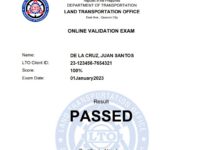
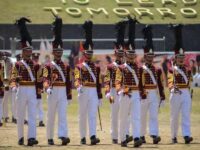

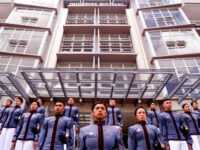

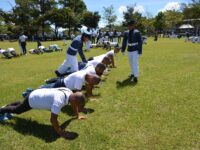

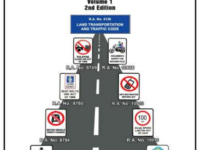


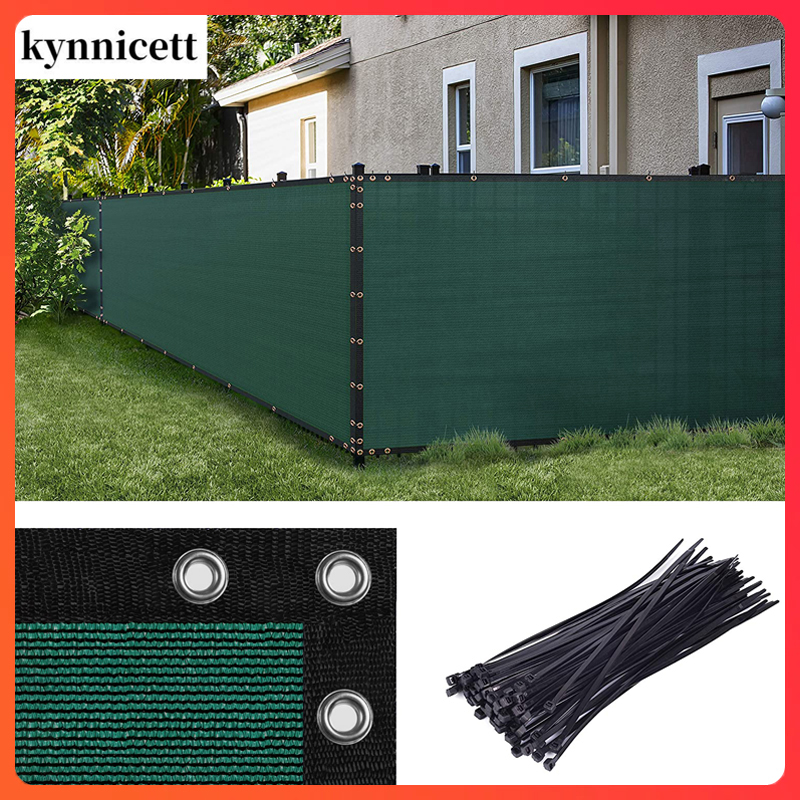
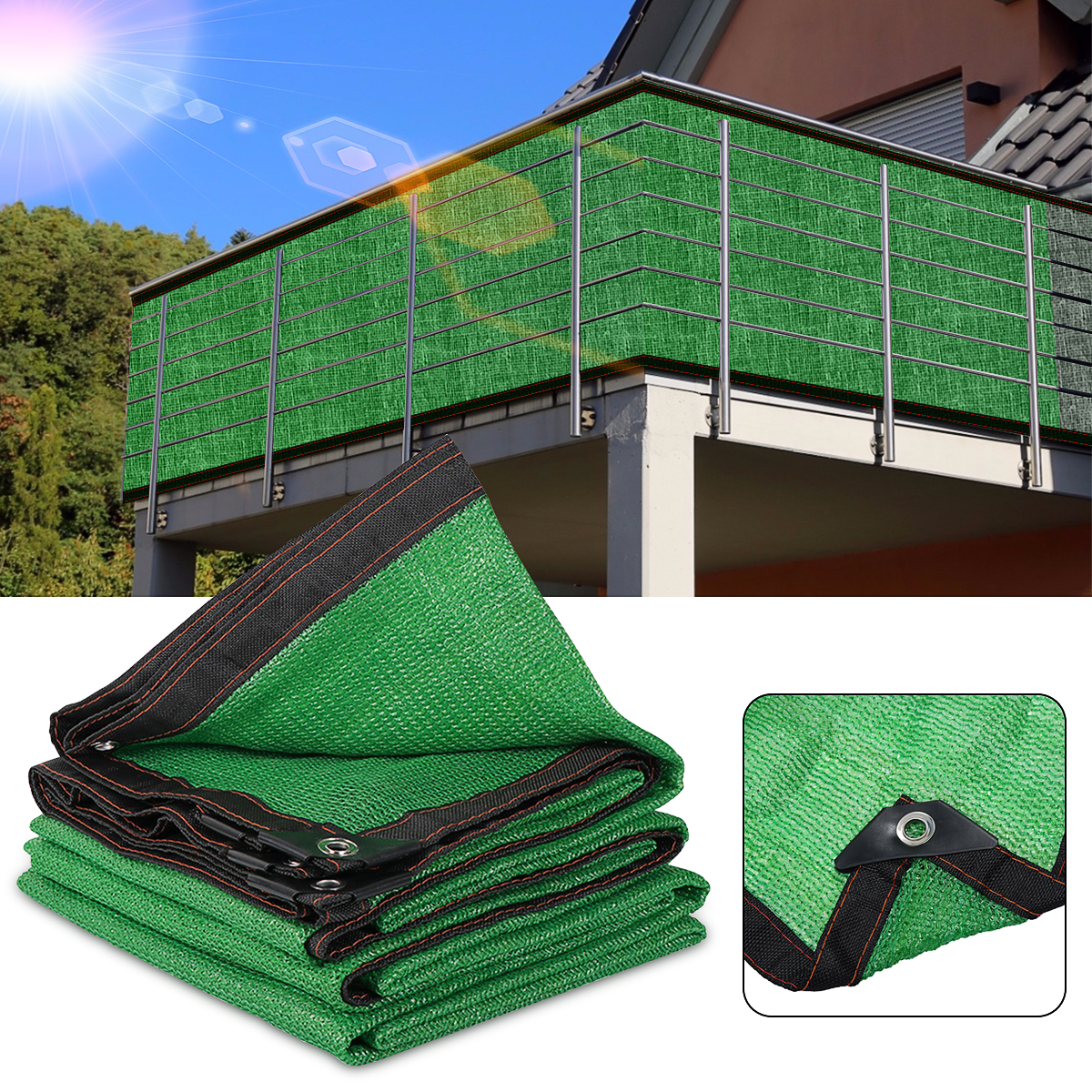



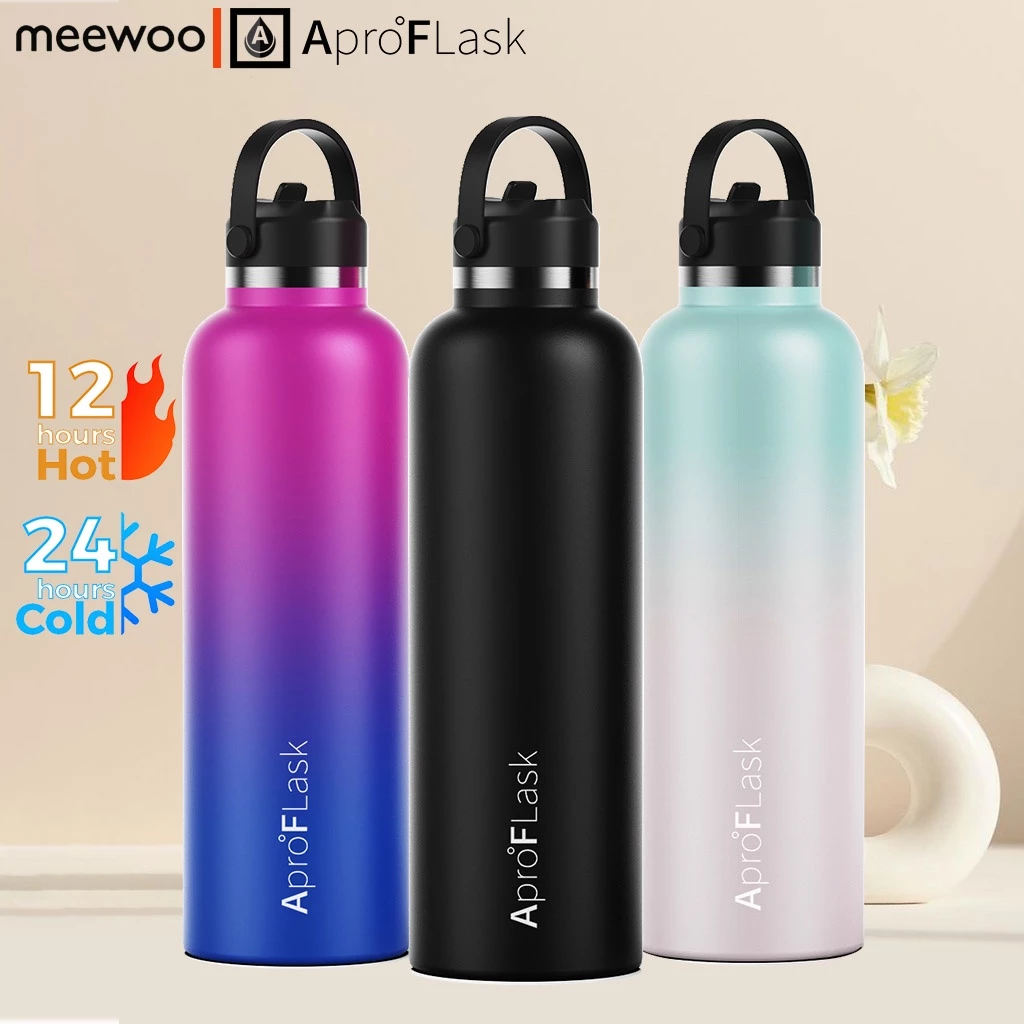
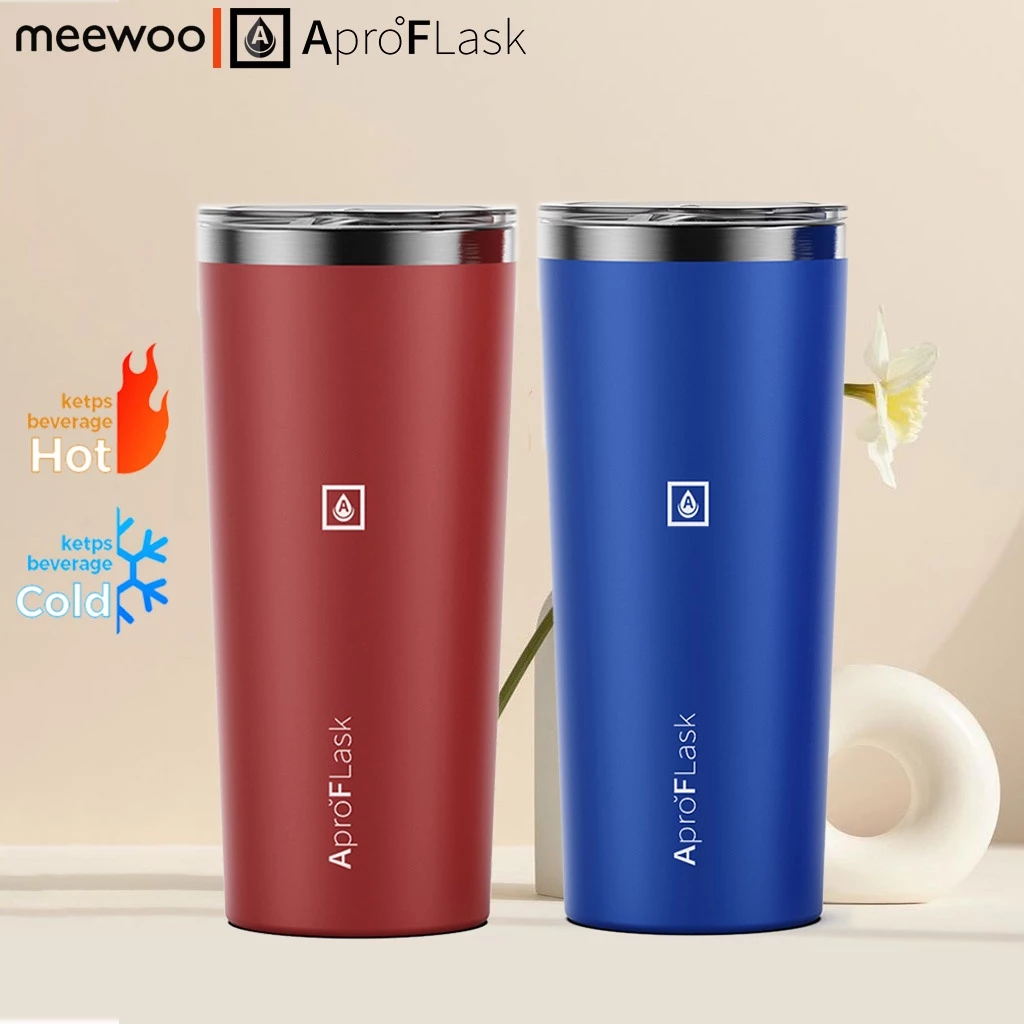
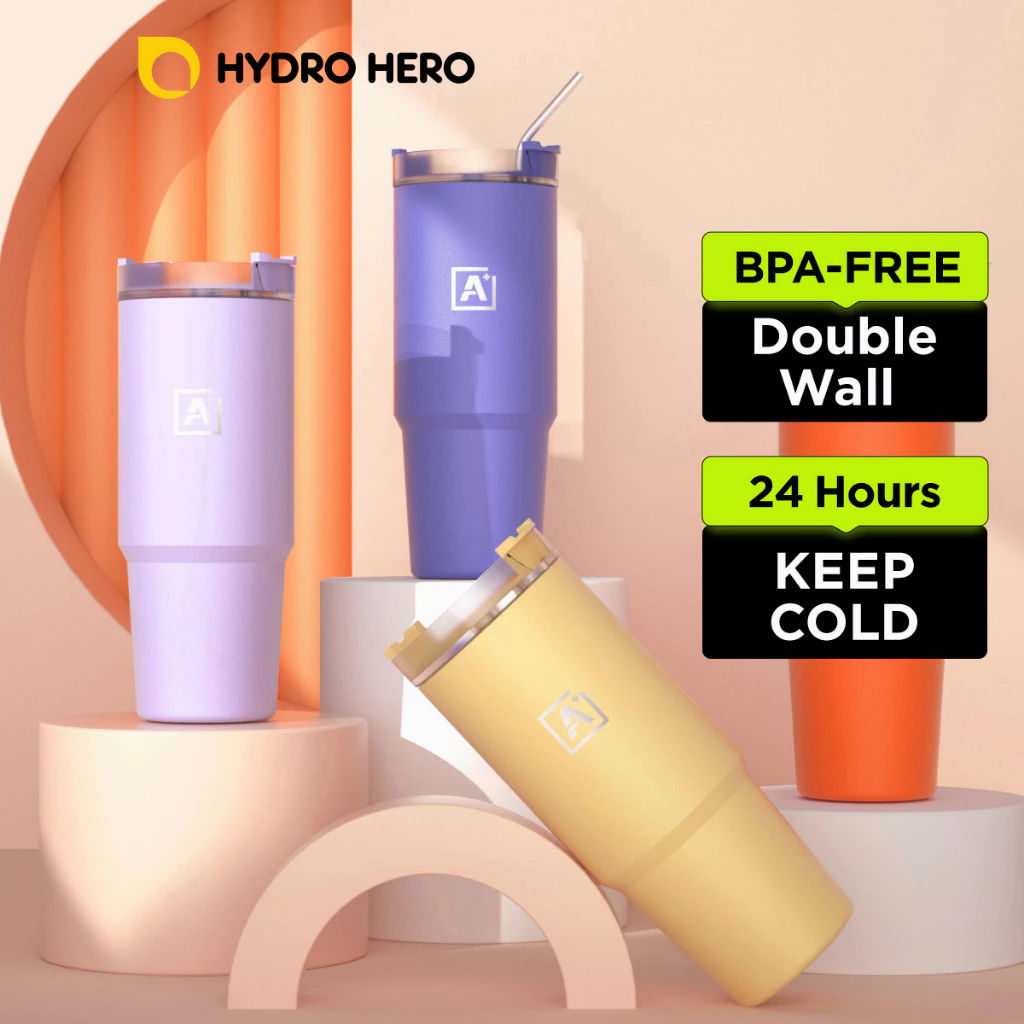
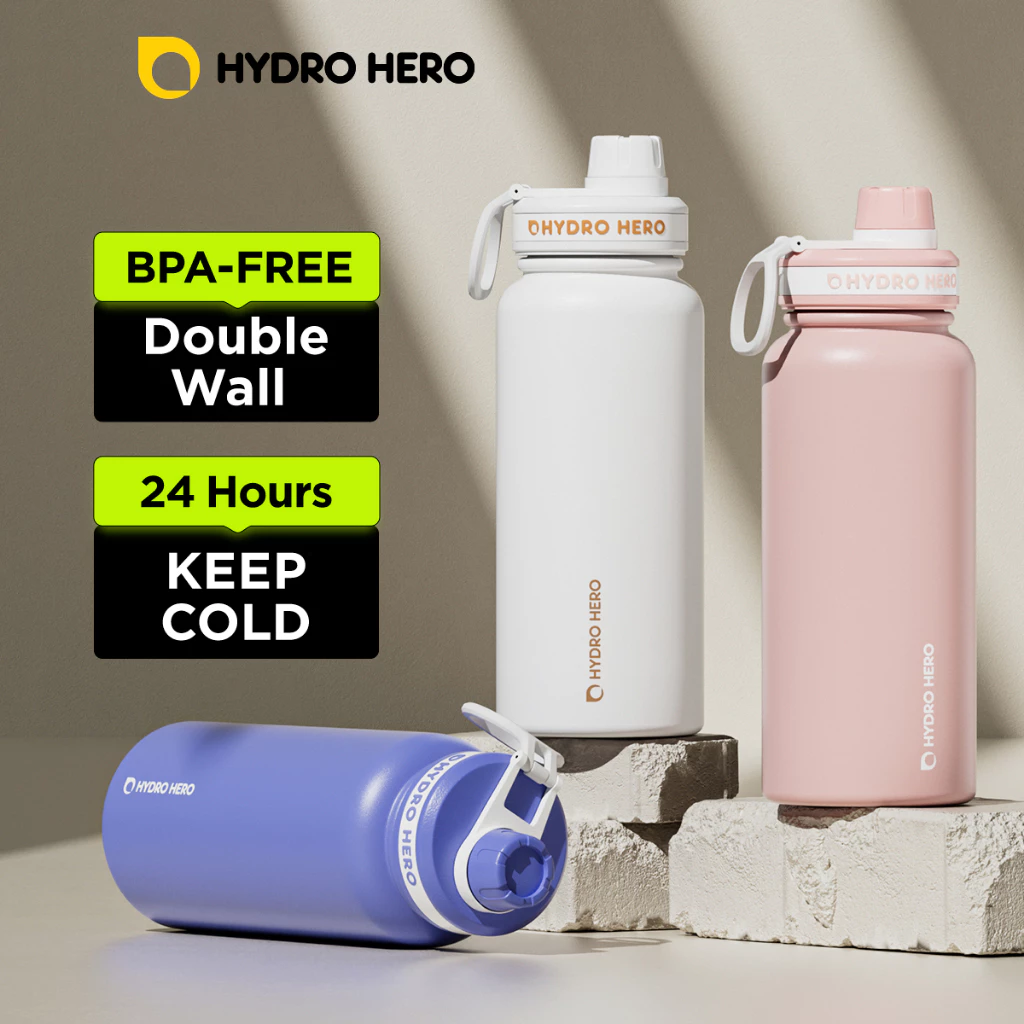
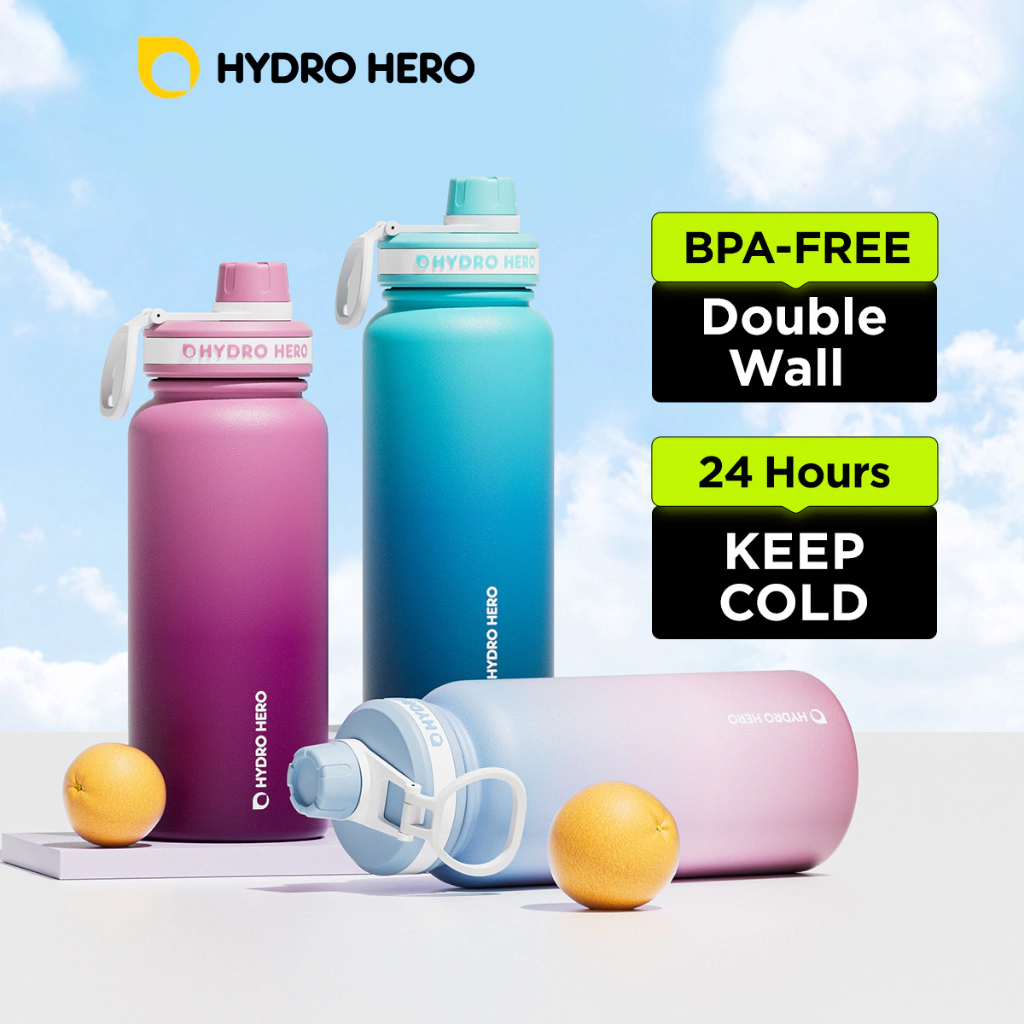


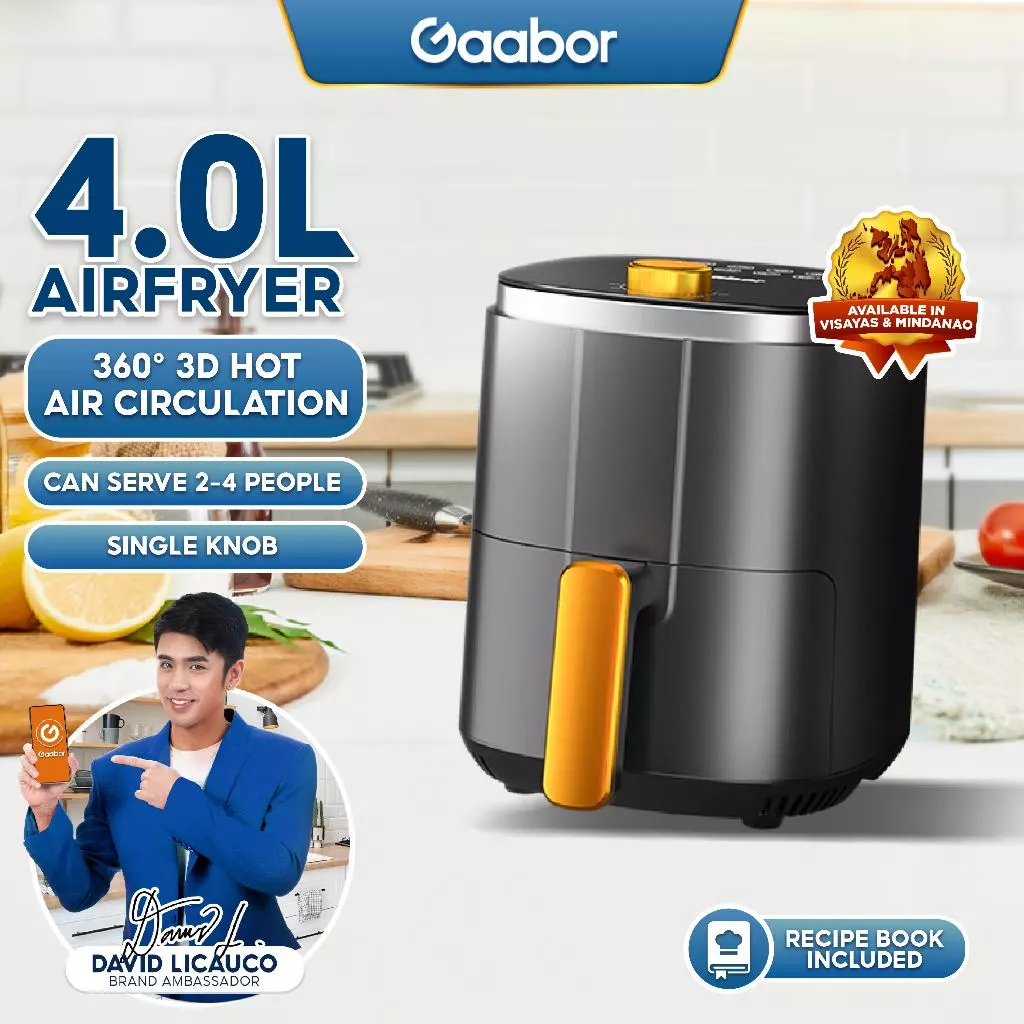




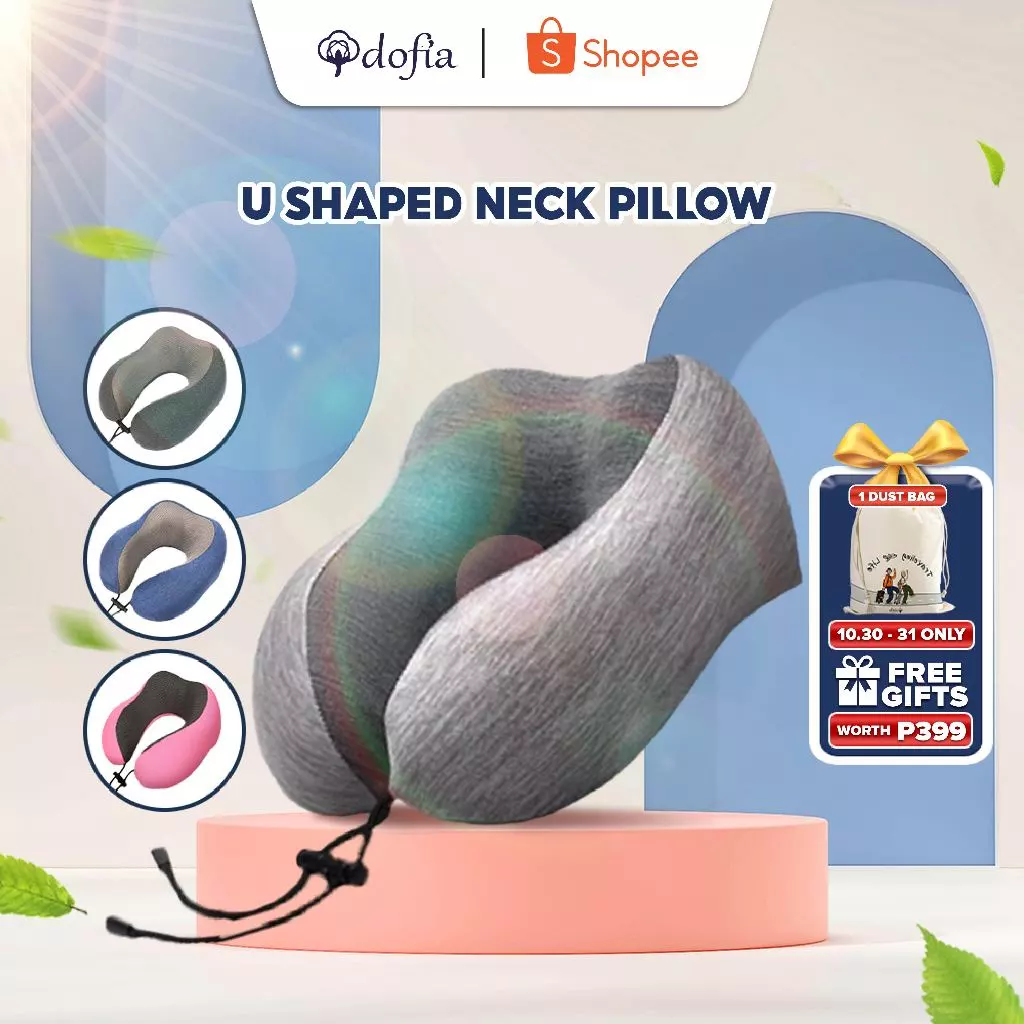


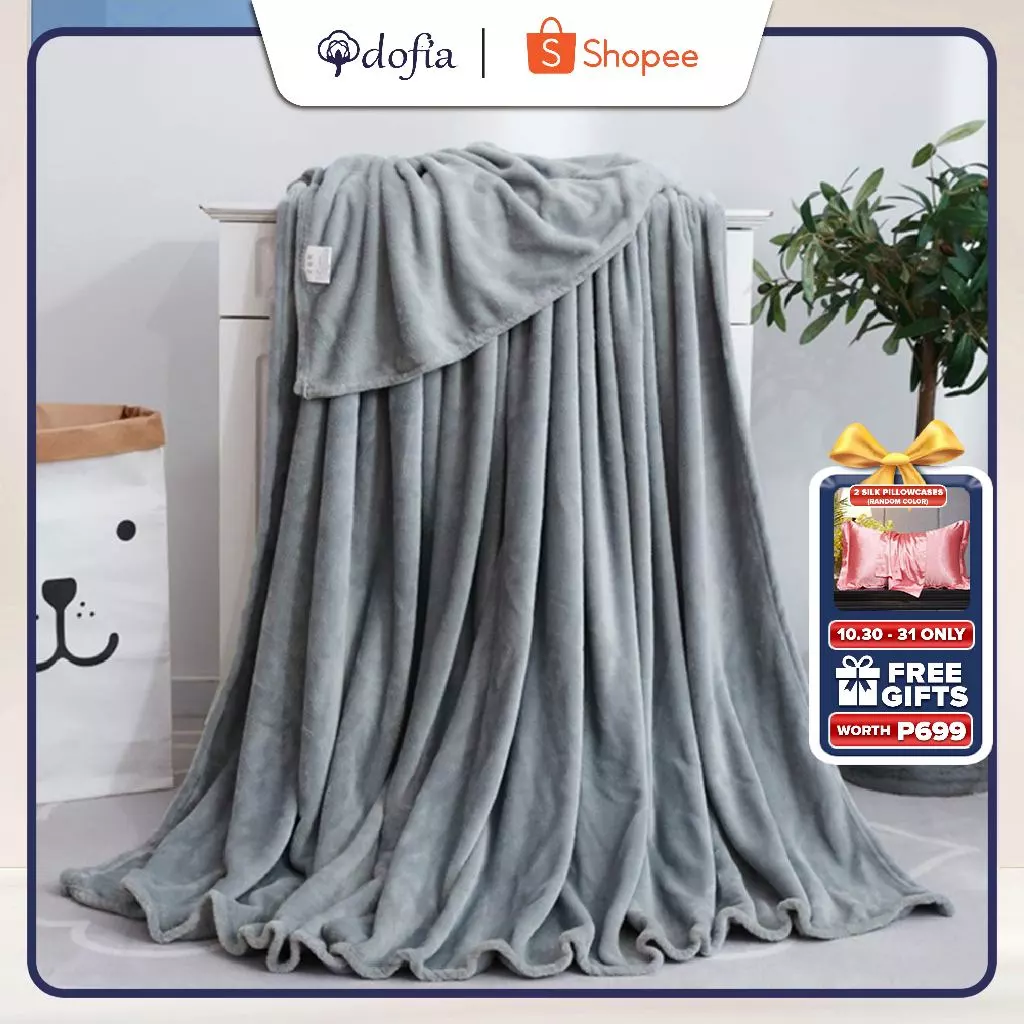












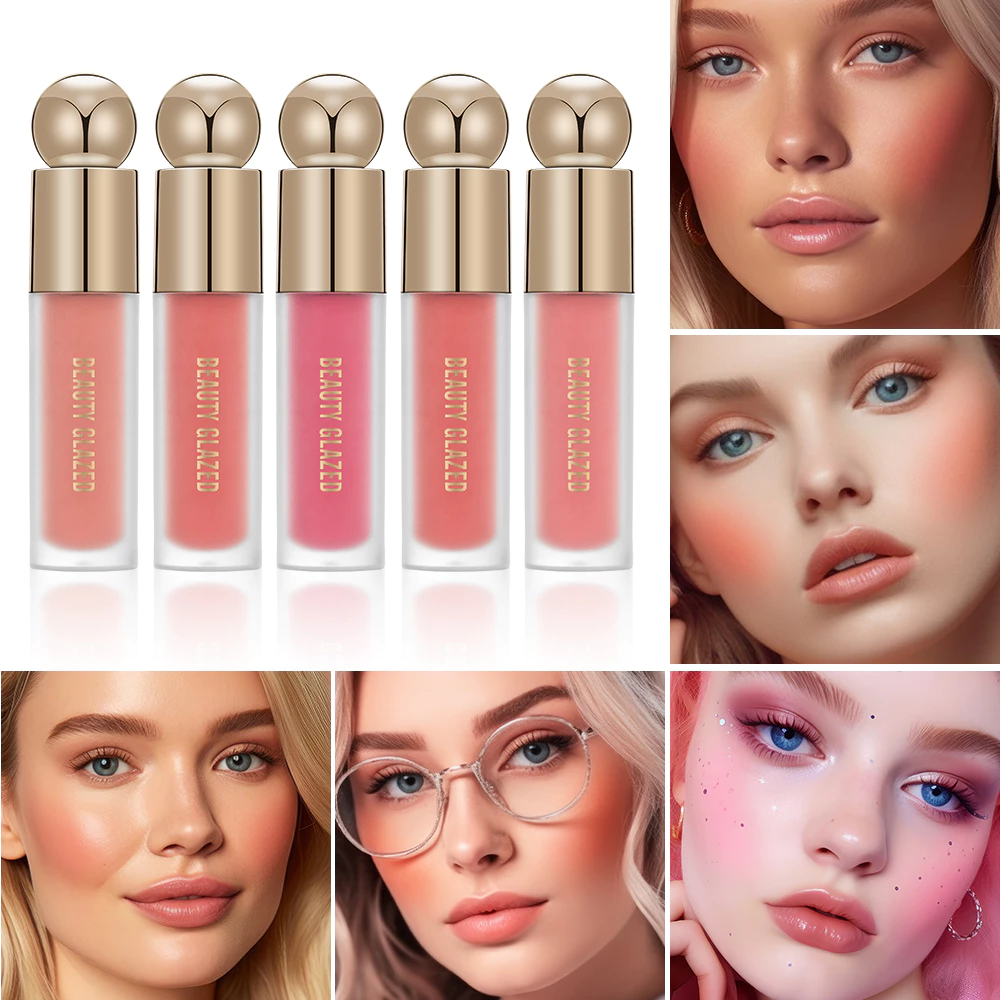




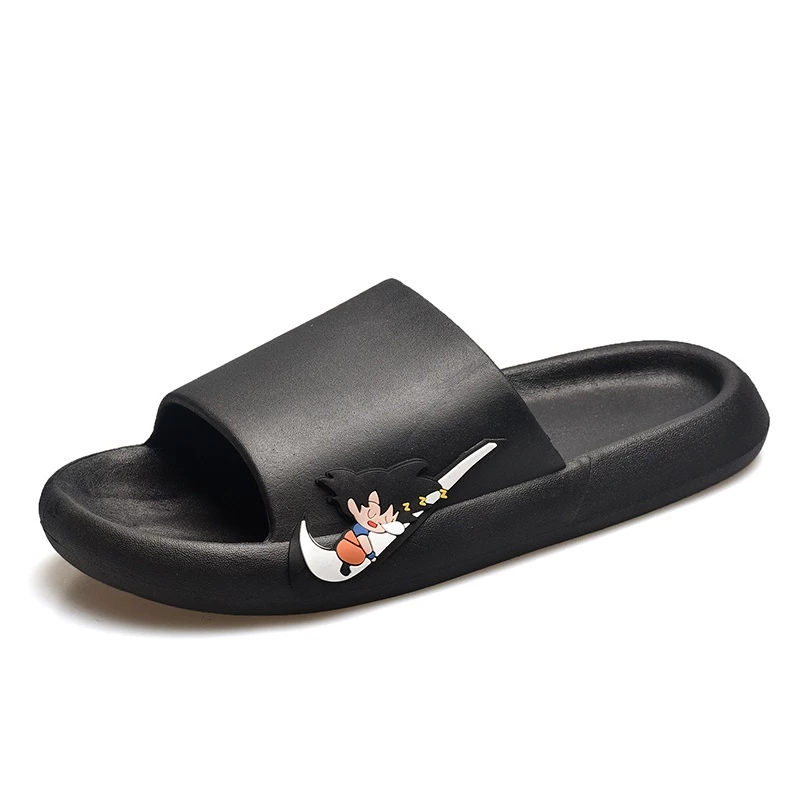









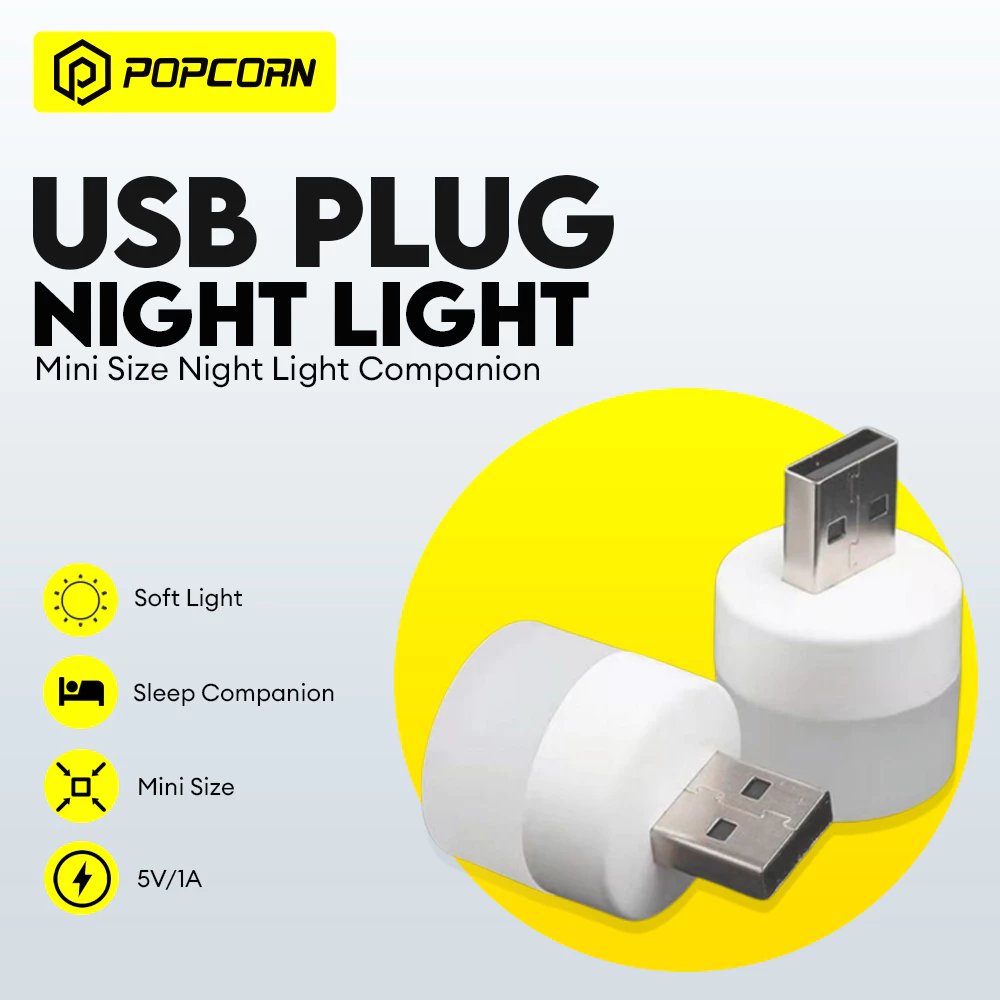











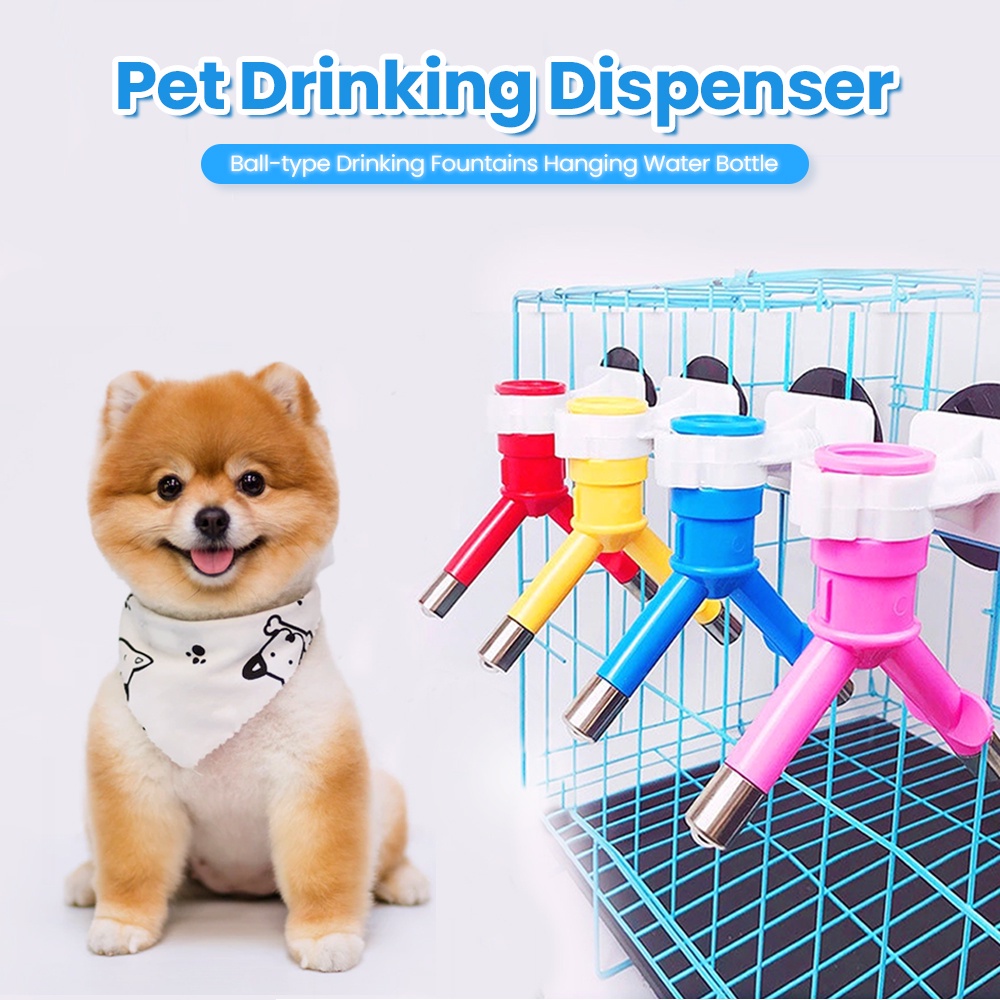
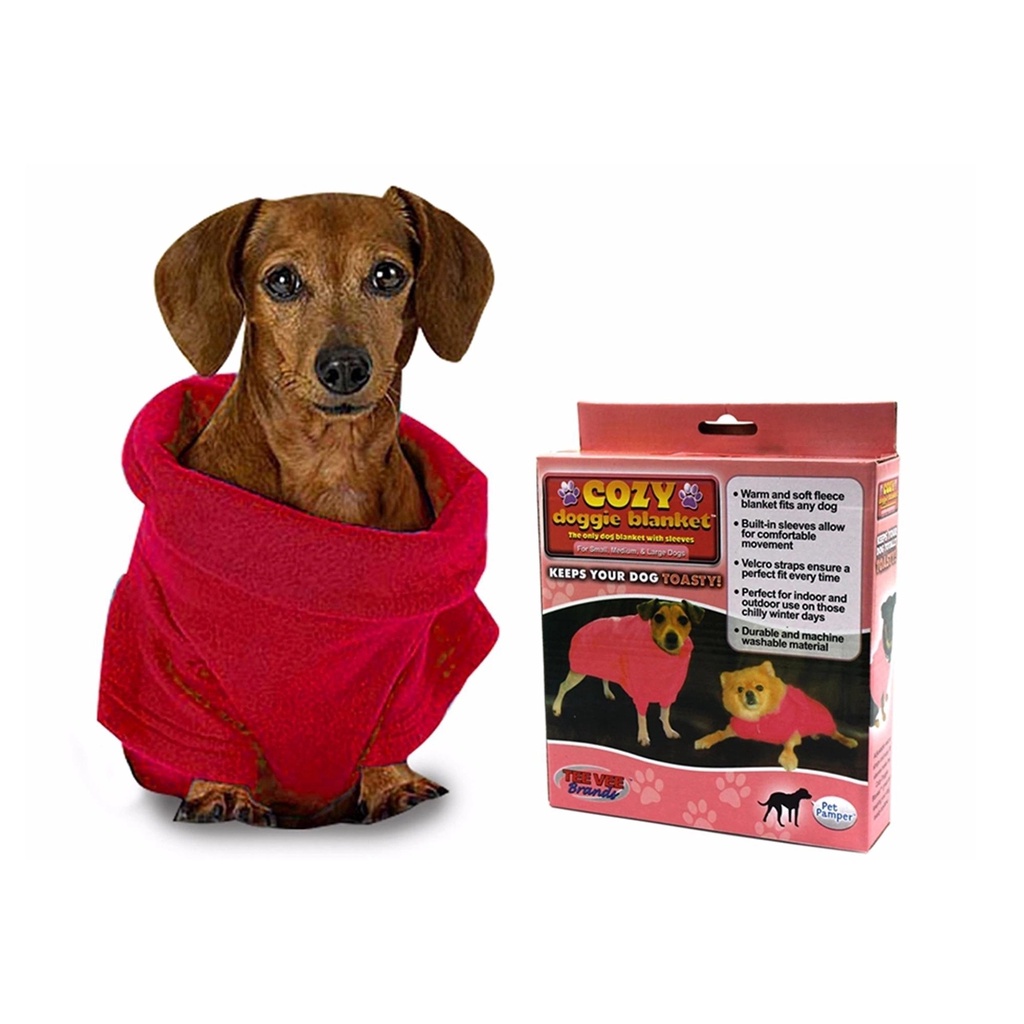














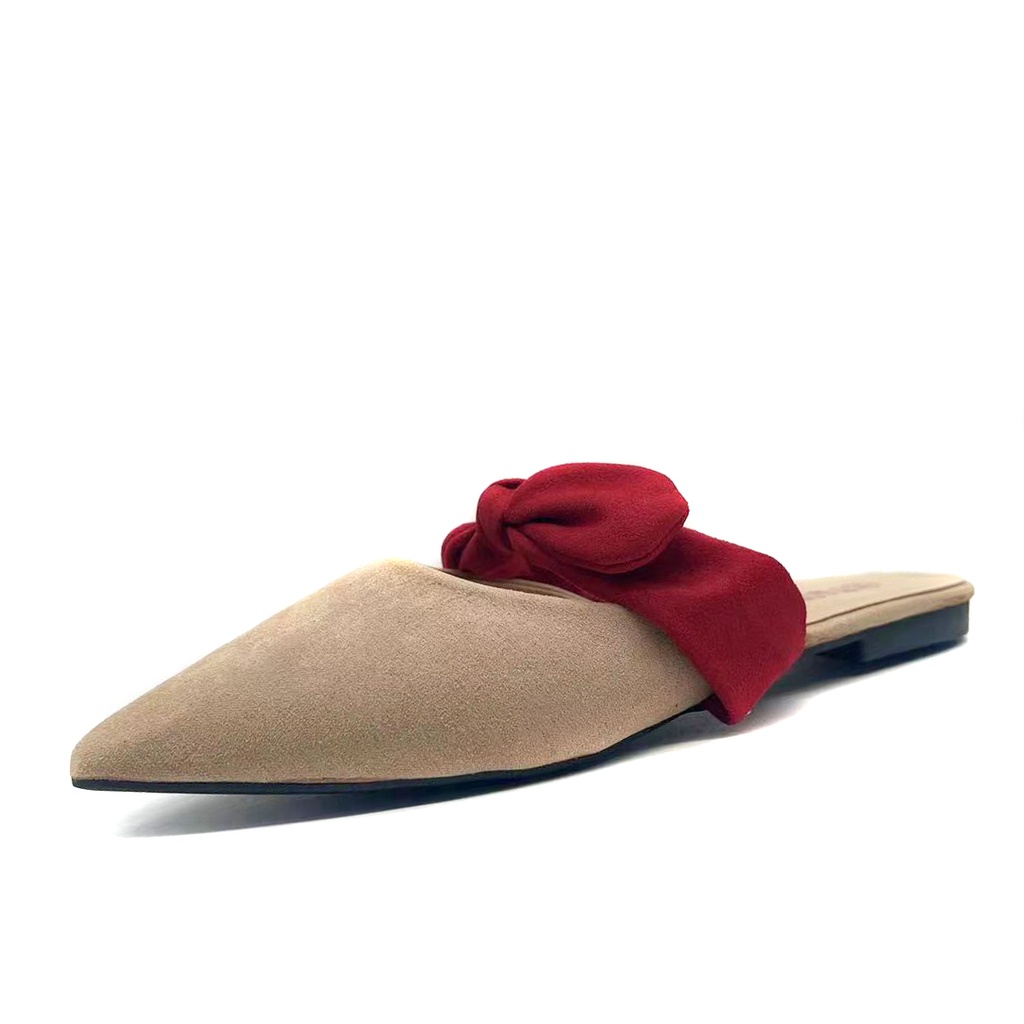
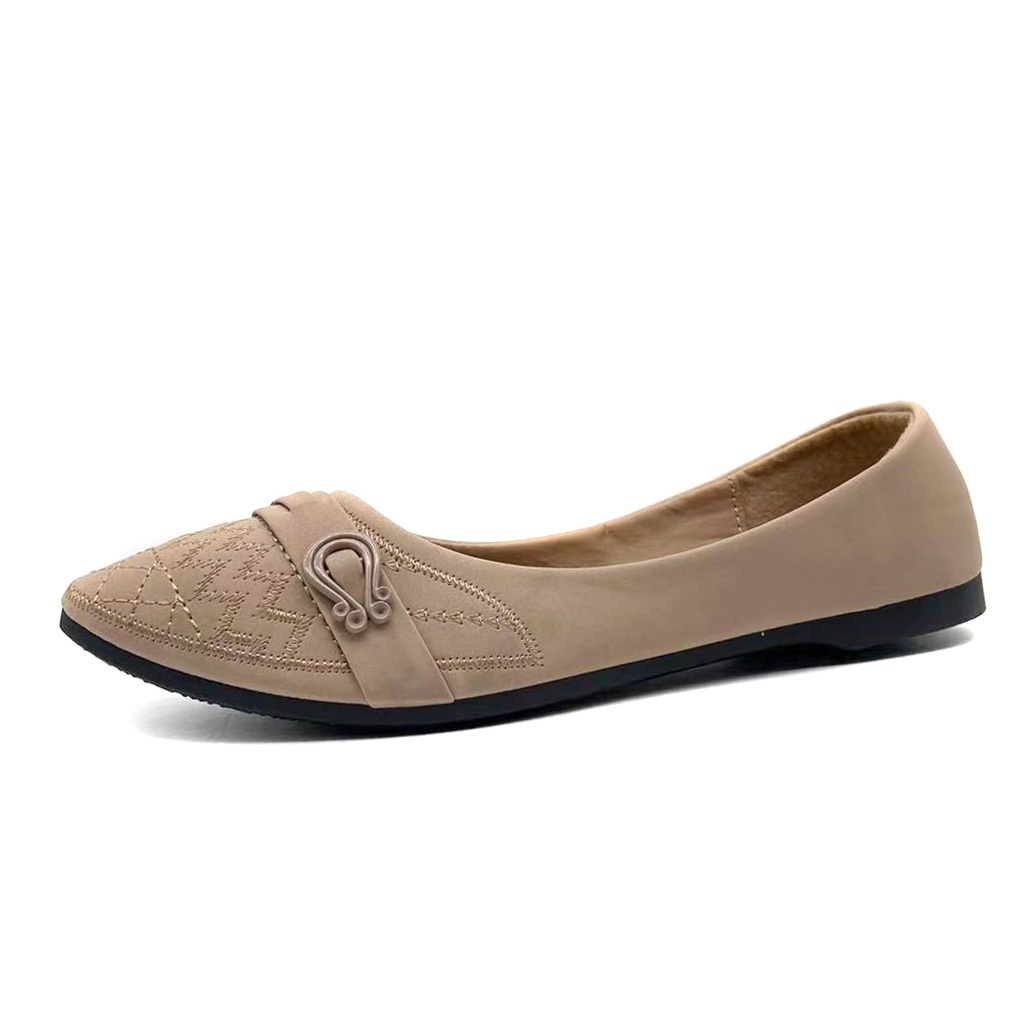



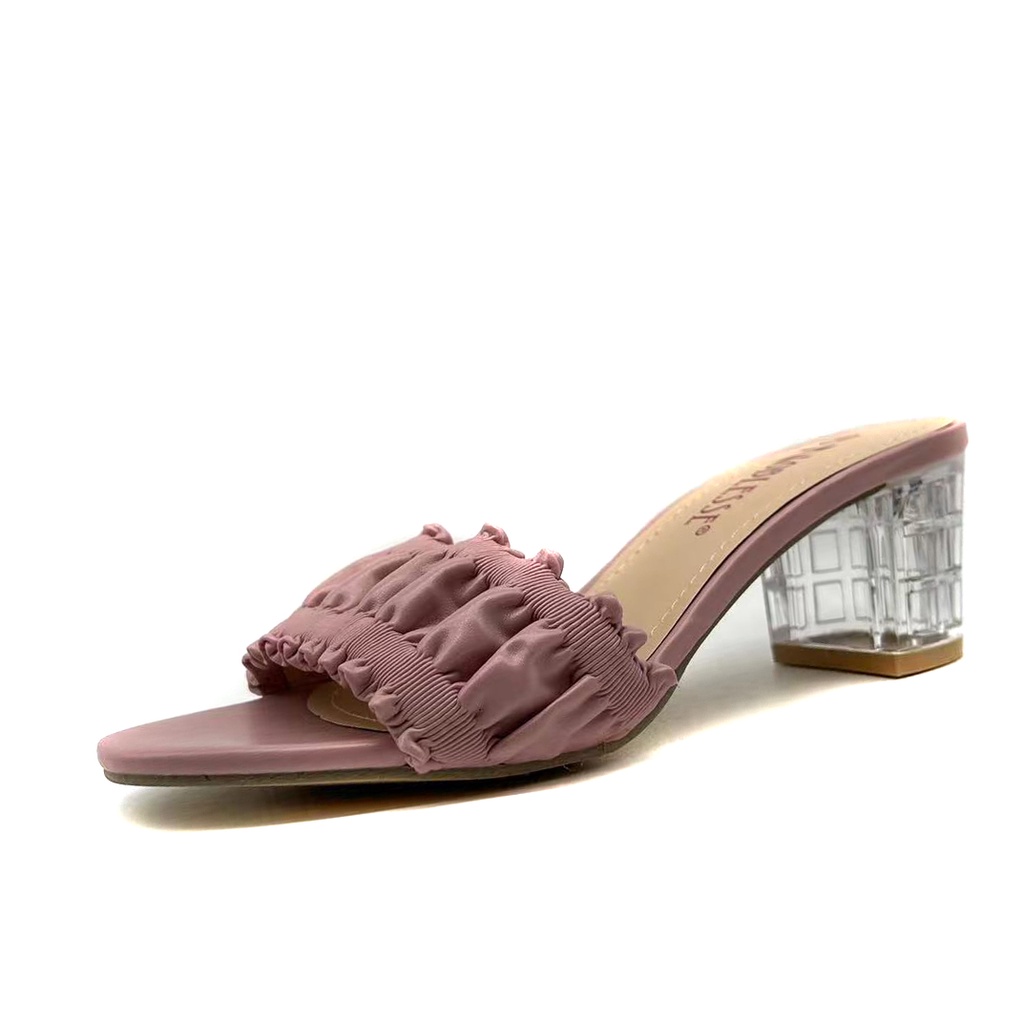






0 Comments